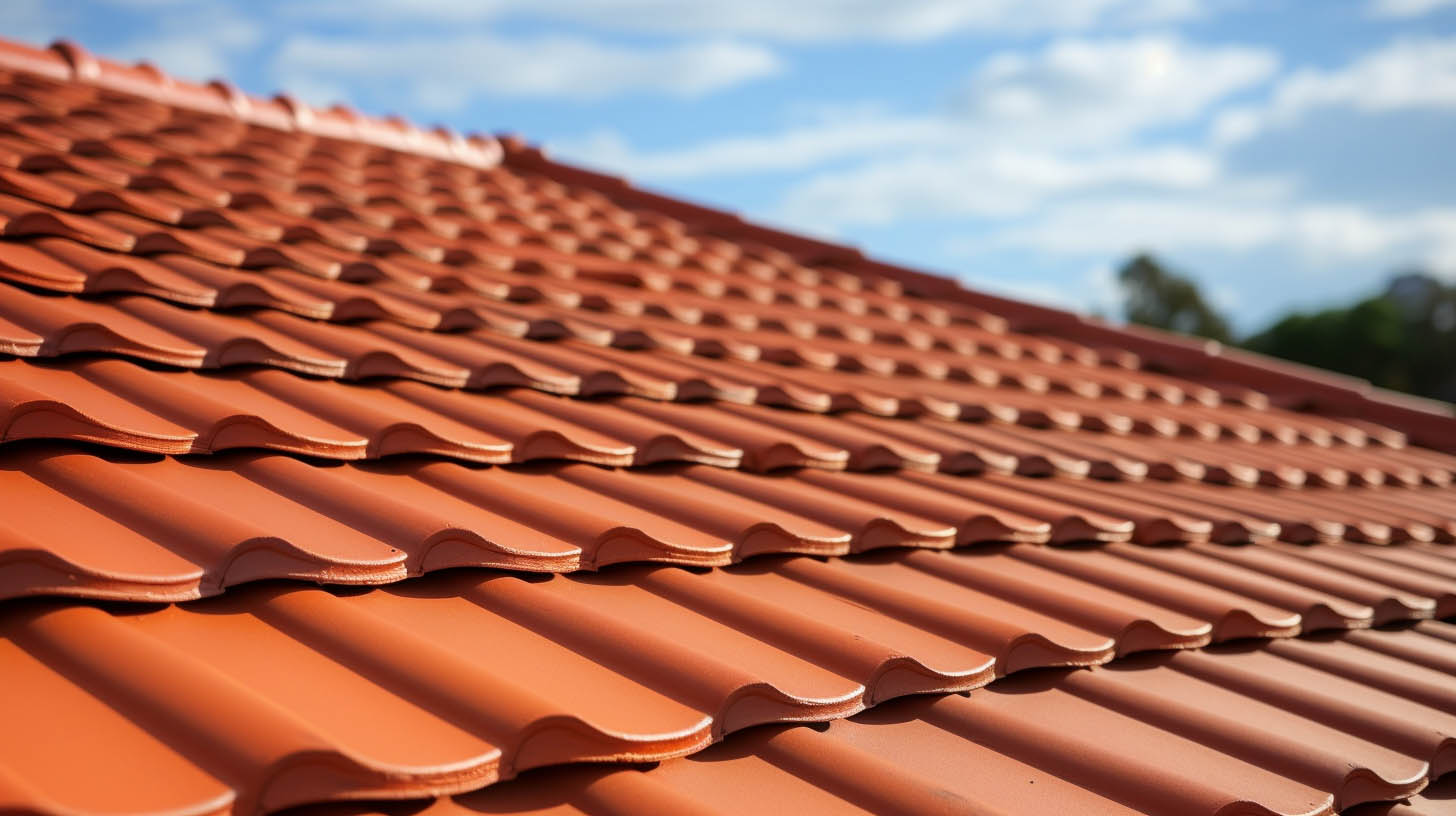
The Advantages and Disadvantages of Composite Roof Tiles
Introduction to Composite Roof Tiles
In the realm of roofing solutions, composite roof tiles have emerged as a formidable option, blending durability, aesthetic appeal, and environmental consciousness. These tiles, crafted from a mix of recycled plastics, rubber, and other sustainable materials, offer a modern twist to traditional roofing, making them an increasingly popular choice for homeowners and construction professionals alike.
Advantages of Composite Roof Tiles
Eco-Friendly and Sustainable
Composite roof tiles stand at the forefront of eco-friendly roofing solutions. Their composition, primarily from recycled materials, significantly reduces environmental impact. This sustainable approach not only minimizes waste but also contributes to a greener footprint for your home. Moreover, their excellent insulation properties aid in energy conservation, maintaining indoor temperatures with greater efficiency.
Unmatched Durability
The resilience of composite roof tiles is unparalleled. Designed to withstand severe weather conditions – from scorching sun to torrential rains and hailstorms – these tiles maintain their integrity over time. Their resistance to fire hazards adds an extra layer of safety, ensuring peace of mind for homeowners. The longevity of these tiles is further backed by extended warranties, making them a reliable choice for long-term roofing solutions.
Cost-Effective Alternative to Natural Slate
While mimicking the elegant appearance of natural slate, composite tiles come at a fraction of the cost. This cost-effectiveness does not compromise on quality or aesthetic value, offering homeowners the luxury of slate-like roofing without the hefty price tag. This makes composite tiles an attractive option for those seeking a balance between elegance and affordability.
Challenges of Composite Roof Tiles
Initial Investment
The upfront cost of composite roof tiles can be higher compared to traditional roofing materials like asphalt shingles. However, it’s crucial to weigh this against their long-term benefits, such as durability and minimal maintenance, which can lead to cost savings over time.
Relative Novelty in the Market
Being a relatively new entrant in the roofing industry, composite roof tiles are still gaining ground in terms of market familiarity. However, their growing popularity and advancements in manufacturing technology are rapidly positioning them as a viable and innovative roofing solution.
Comparative Analysis with Other Roof Types
Concrete and Clay Tiles
Concrete and clay tiles are known for their durability and unique aesthetic appeal. However, they tend to be heavier and more expensive than composite tiles. While they offer a traditional look, composite tiles provide a more lightweight and versatile alternative.
Shingle Roofs
Shingle roofs, predominantly made from asphalt, are a common choice due to their affordability and ease of installation. However, they generally have a shorter lifespan and less durability compared to composite tiles, making the latter a more robust option in the long run.
Wood Roofing
Wood roofing offers a classic, natural appearance but requires more maintenance and is susceptible to issues like rot and insect damage. Composite tiles, in contrast, offer longevity and require minimal upkeep, making them a more practical choice for many homeowners.
Conclusion
Composite roof tiles present a compelling option for modern roofing needs. Their blend of eco-friendliness, durability, and cost-effectiveness, coupled with their aesthetic versatility, makes them a standout choice. For those in Columbus, OH, considering a roofing upgrade, MaxForce Roofing and Siding LLC offers expert installation services, ensuring that your home benefits from the best of composite roofing technology. With a lifespan of 30-50 years and minimal maintenance requirements, composite roof tiles are not just a roofing solution but a long-term investment in your home’s future.

